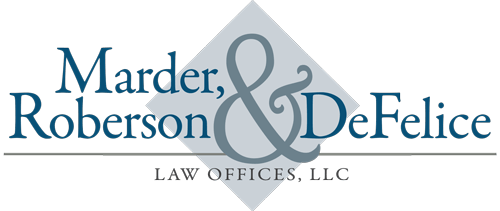We are often asked about Restraining Orders, and Protective Orders.
The information below, is available on the Connecticut judicial website: https://www.jud.ct.gov/statistics/prot_restrain/
Every case is fact specific. If you are involved in a proceeding that involves either a civil Restraining Order, or a criminal Protective Order, we strongly advise you to speak with an experienced attorney.
Protective / Restraining Order Glossary
- Family Violence Protective Order (section 46b-38c of the Connecticut General Statutes) is an order that is issued at the time of arraignment during a criminal proceeding. Usually these orders are recommended by either the family relations office or in some cases the state’s attorney’s office. These orders are usually in effect from the date they are issued until the criminal case is sentenced and/or disposed of. In some cases a protective order can be removed prior to the underlying case being settled.
- Standing Criminal Restraining Order (section 53a-40e of the Connecticut General Statutes is an order that is issued usually at the end of a criminal case. These are lifetime orders and remain in effect until further order of the court. This order type is generally issued when it is a more severe criminal case.
- Restraining Order Application (section 46b-15 of the Connecticut General Statutes) is an application for a restraining order ex parte (immediate). It is given out at the clerk’s office to people who come in for relief from abuse in family cases. A Judge reviews the application and affidavit, and decides whether or not to issue a restraining order relief from abuse. If one is issued, the application is then updated to an ex parte restraining order. The Judge can also deny the ex parte relief and issue an Order for Hearing and Notice Summons.
- Ex Parte Restraining Order (section 46b-15 of the Connecticut General Statutes) is an order issued by the family court when someone has completed the restraining order application. The Judge has reviewed the application and affidavit, and issues a temporary ex parte restraining order. A hearing date is scheduled, and the respondent must be notified. Generally speaking, this order is good for for 14 days, or until the date of the hearing. (Hearings can be scheduled before the 14-day time limit).
- Restraining Order After Hearing (section 46b-15 of the Connecticut General Statutes) is issued after a hearing on an ex parte restraining order, or an Order for Hearing and Notice Summons. Again, this order type is issued out of the family court. Generally speaking, it is effective for 6 months from the date of the hearing. A victim/applicant can request that the restraining order after the hearing be extended when the 6 months is about to run out. They must file a motion to extend and the respondent must again get notice.
